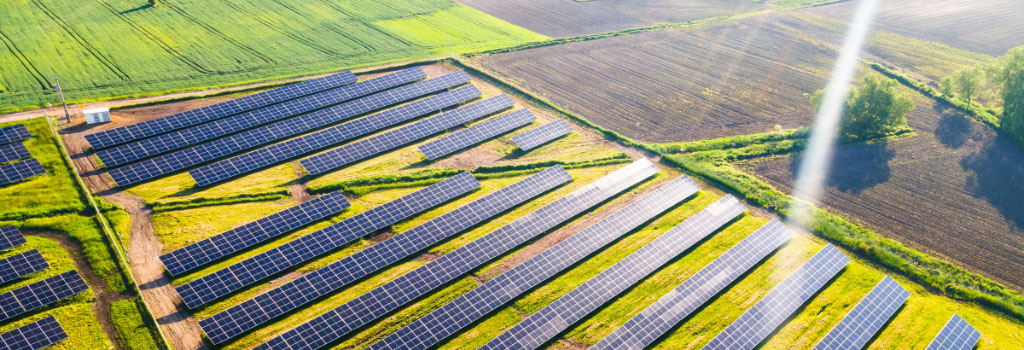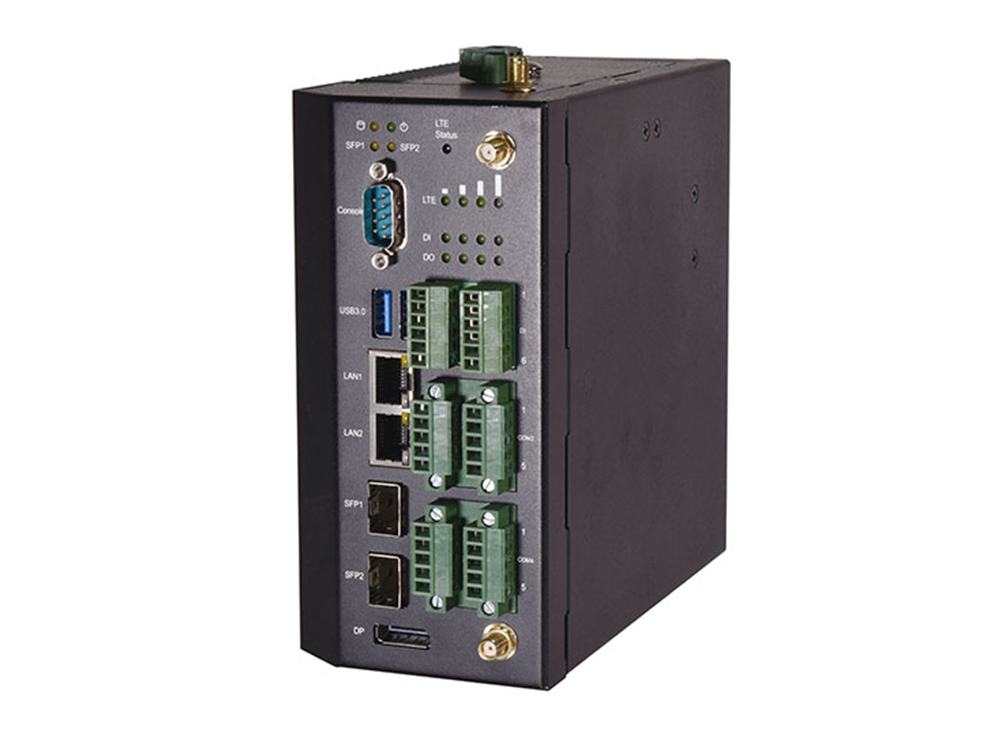Background
The world has an energy problem as fossil fuels are running out and it is necessary to transition from fossil fuel dependence to renewable and clean energy, creating a cleaner and greener world. The energy and utility industry, from the utility of water, district heating, or power, has many challenges ahead.
Internet of Things (IoT) is being used in many sectors including transportation, manufacturing, logistics, healthcare, and retail, and it’s beginning to play a significant role in the renewable energy sector as well. IoT solutions can help leverage renewable energy solutions, making them more efficient, and reducing operational costs and manual intervention for businesses. IoT solutions allow companies to monitor their assets remotely through linked sensors, such as monitoring energy consumption, which is helpful to identify wastage habits and detect maintenance problems, check performance, and anticipate any issues, improving overall safety standards. Many use cases, such as smart and microgrids, renewable energy power grids, connected building automation systems, intelligent district heating, etc., can deploy an IoT solution to maximize productivity and improve the decision-making process.
Requirements
A US-based solar and embedded controls expert is collaborating with Lanner, integrating the latest in IoT technologies with Lanner’s hardware IoT gateway appliance. This jointly-developed solution must be able to handle data acquisition and support communication interfaces and protocols specifically for Distributed Energy Resources (DER) equipment.
- Low-power Consumption Processor: The platform requires a high-performance, low-power consumption processor for high computing data and consolidating multiple workloads.
- Rich Front Access I/O Features: The platform system requires multiple I/O connectivity for IoT sensors and relays, Ethernet connectivity, and optional video display features.
- Wide Operating Temperature Range: The industrial-grade IoT gateway must be able to sustain harsh environments without sacrificing operation safety and productivity. Extreme temperature ranges from -40~70°C are essential, and an advanced passive cooling system ensures reliable operating performance.
- Multiple Wireless Connectivity Options: Robust connectivity plays a critical role in the collection and delivery of data generated from the sensors. The ideal gateway should always offer hard-wired Ethernet connectivity as well as cellular backup to stay connected at all times.

Solution
Lanner IIoT-I330 robust fan-less scalable industrial/commercial gateway featuring quad-core Intel® Atom X7-E3950 or dual-core Celeron N3350, optional 4G LTE mobile connectivity, DP display, and multiple isolated serial COM, DIO, and GbE LAN (RJ45, SFP) configuration options, with wide operating temperature range for various industrial IoT application needs, designed for device management, data aggregation and storage in fuel cells, microturbines, and photovoltaics.







